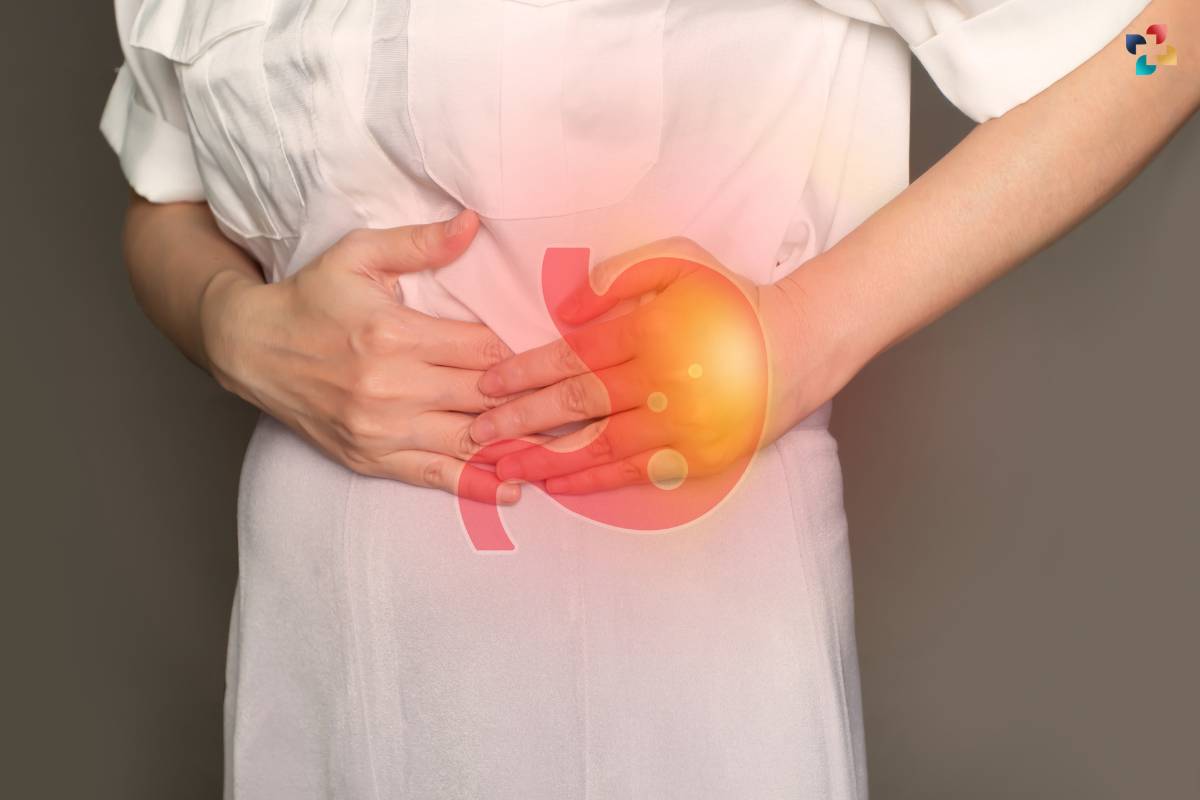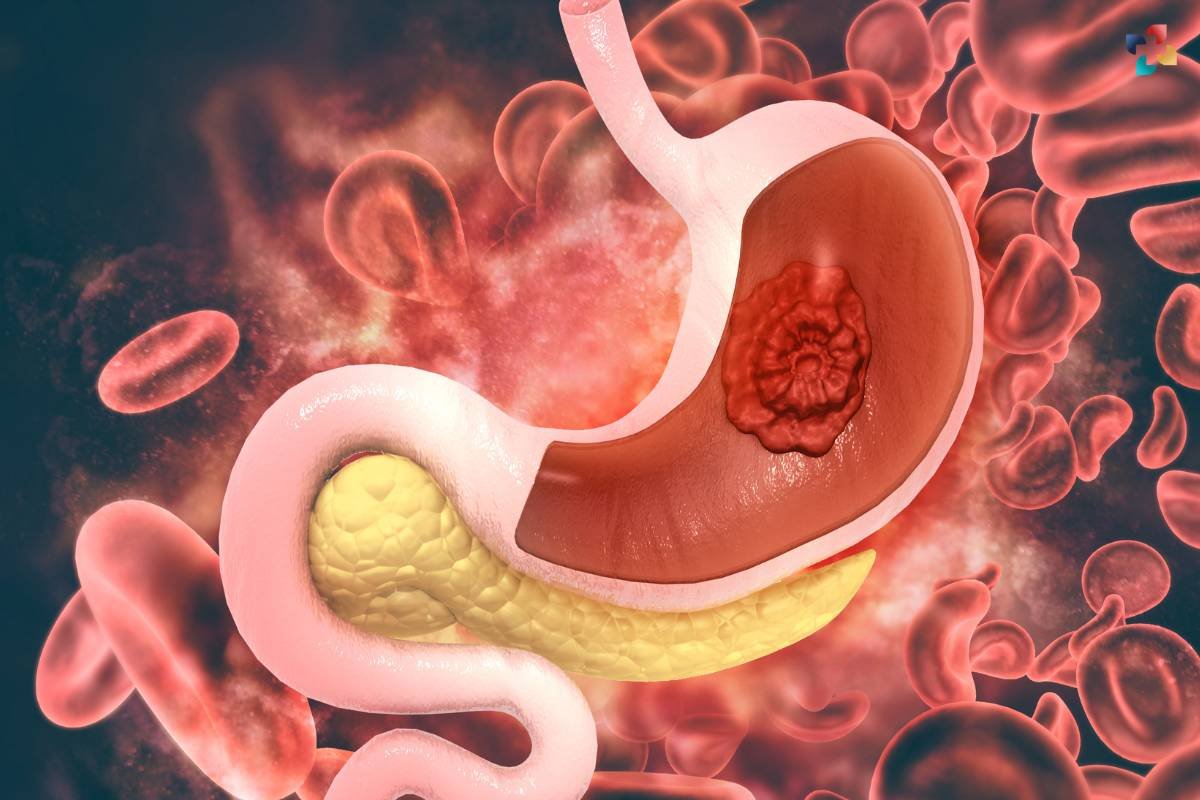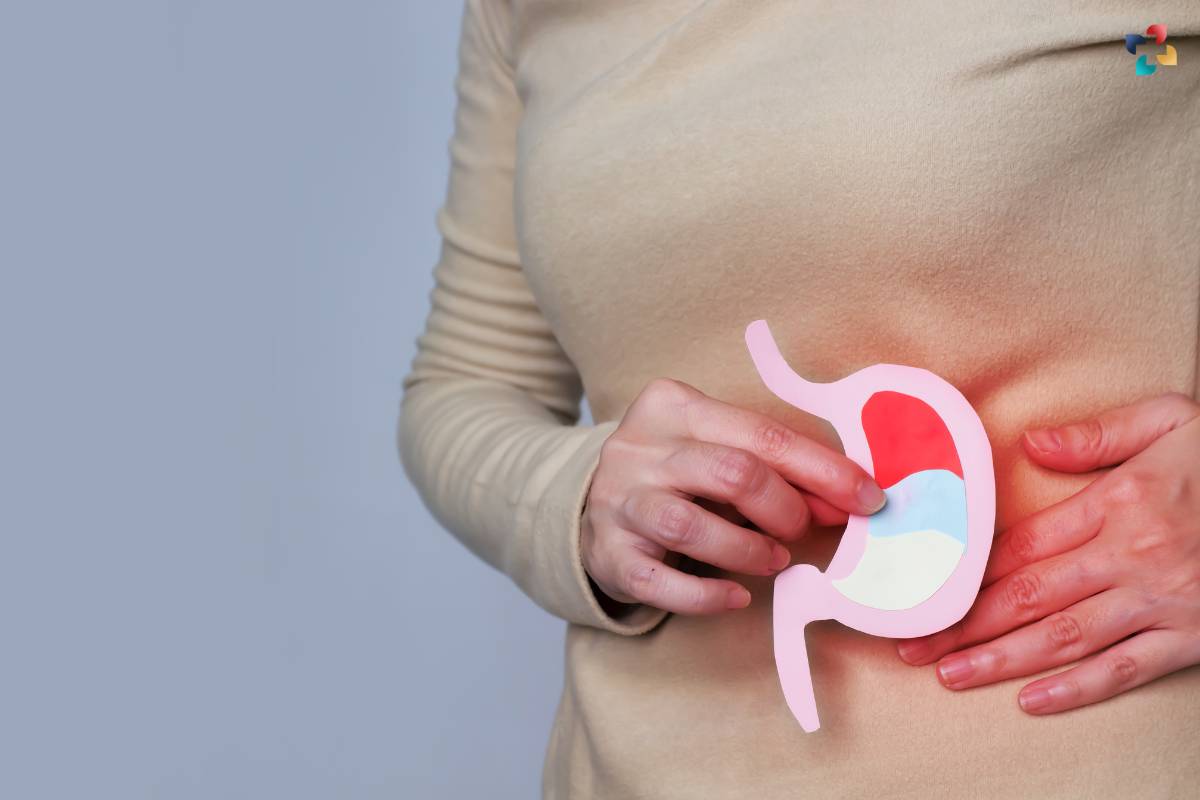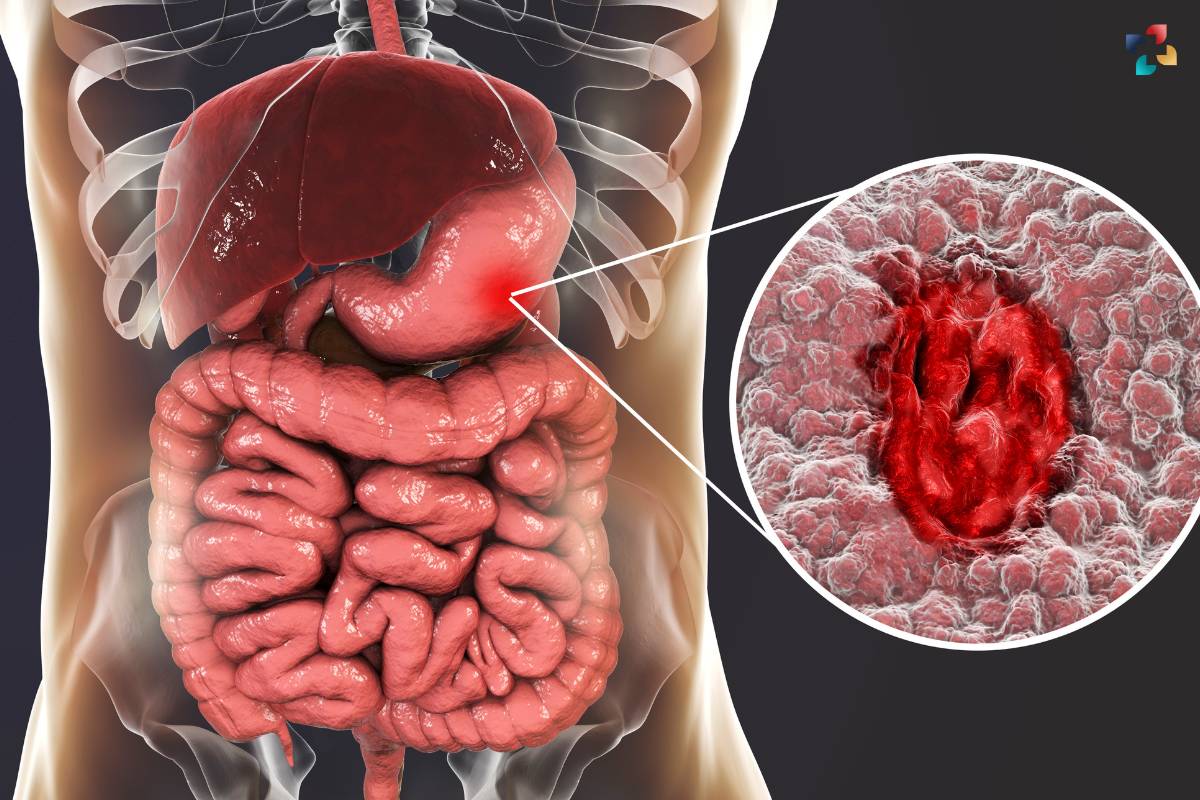Peptic ulcer disease (PUD) is a prevalent gastrointestinal disorder characterized by open sores, known as ulcers, that develop on the lining of the stomach, small intestine, or esophagus. These ulcers can cause varying degrees of discomfort and may lead to complications if left untreated. In this article, we delve into the causes, symptoms, diagnosis, and treatment options for peptic ulcer disease.
Understanding Peptic Ulcer Disease
Peptic ulcer disease is primarily caused by an imbalance between aggressive factors, such as stomach acid and digestive enzymes, and protective factors, such as mucus production and blood flow to the gastrointestinal lining. Common causes of PUD include infection with Helicobacter pylori bacteria, long-term use of nonsteroidal anti-inflammatory drugs (NSAIDs) such as aspirin and ibuprofen, excessive alcohol consumption, smoking, and stress.

Peptic ulcer disease (PUD) is a multifactorial condition influenced by various internal and external factors. The delicate balance between aggressive and protective elements within the gastrointestinal tract is essential for maintaining the integrity of the mucosal lining. When this equilibrium is disrupted, it can lead to the development of ulcers and subsequent symptoms associated with PUD.
One of the primary factors contributing to the development of peptic ulcers is infection with Helicobacter pylori (H. pylori) bacteria. H. pylori is a common bacterial pathogen that colonizes the stomach lining, where it can trigger inflammation and damage to the mucosal barrier. This bacterial infection is considered a major risk factor for the development of both gastric and duodenal ulcers.
In addition to H. pylori infection, long-term use of nonsteroidal anti-inflammatory drugs (NSAIDs) is another significant cause of peptic ulcer disease. NSAIDs, such as aspirin, ibuprofen, and naproxen, are widely used to manage pain and inflammation but can also disrupt the protective mechanisms of the gastrointestinal tract. Prolonged NSAID use can impair the production of prostaglandins, which play a crucial role in maintaining mucosal integrity, leading to an increased susceptibility to ulcer formation.
Excessive alcohol consumption and smoking are lifestyle factors that have been associated with an elevated risk of peptic ulcer disease. Both alcohol and tobacco use can compromise the protective mechanisms of the gastrointestinal mucosa, making it more susceptible to damage from acid and other aggressive factors. Chronic stress is another potential contributor to PUD, as it can exacerbate existing gastrointestinal conditions and impair the body’s ability to repair and regenerate damaged tissues.
Overall, peptic ulcer disease is a complex condition influenced by a combination of genetic, environmental, and lifestyle factors. By understanding the underlying causes and risk factors associated with PUD, healthcare providers can develop targeted interventions to prevent and manage this common gastrointestinal disorder effectively.
Symptoms of Peptic Ulcer Disease

The symptoms of peptic ulcer disease can vary depending on the location and severity of the ulcers. Common symptoms include:
- Abdominal pain or discomfort, typically located in the upper abdomen
- Heartburn or indigestion
- Nausea and vomiting
- Loss of appetite
- Unintended weight loss
- Blood in the stool or vomit (a sign of bleeding ulcers)
- Bloating or feeling full quickly after eating
Diagnosing Peptic Ulcer Disease
To diagnose peptic ulcer disease, healthcare providers may perform various tests, including:
1. Endoscopy
A procedure in which a thin, flexible tube with a camera at the end (endoscope) is inserted through the mouth or nose to visualize the gastrointestinal tract and identify ulcers.
2. Upper gastrointestinal (GI) series
A series of X-rays are taken after the patient drinks a contrast solution to outline the stomach and small intestine.
3. Helicobacter pylori testing
This may involve blood tests, stool tests, or breath tests to detect the presence of H. pylori bacteria.
4. Biopsy
During an endoscopy, tissue samples may be collected for examination under a microscope to confirm the presence of ulcers and assess for H. pylori infection.
Treatment Options for Peptic Ulcer Disease
Treatment for peptic ulcer disease aims to relieve symptoms, promote ulcer healing, and prevent complications. Depending on the underlying cause of the ulcers, treatment may include:
1. Medications
Proton pump inhibitors (PPIs), histamine receptor antagonists (H2 blockers), and antibiotics may be prescribed to reduce stomach acid production, eradicate H. pylori infection, and promote ulcer healing.
2. Antacids
Over-the-counter antacids can help neutralize stomach acid and provide symptomatic relief.
3. Lifestyle modifications
Avoiding NSAIDs, alcohol, and smoking, as well as managing stress, can help prevent ulcer recurrence.
4. Surgery

In rare cases, surgery may be necessary to repair complications such as bleeding, perforation, or obstruction caused by peptic ulcers.
Conclusion
Peptic ulcer disease is a common gastrointestinal disorder characterized by open sores on the lining of the stomach, small intestine, or esophagus. While the condition can cause discomfort and complications, prompt diagnosis and appropriate treatment can lead to effective management and improved quality of life for individuals affected by PUD. If you experience symptoms suggestive of peptic ulcer disease, consult a healthcare provider for evaluation and management.
FAQs
1. What is peptic ulcer disease (PUD)?
Peptic ulcer disease is a condition characterized by the formation of open sores or ulcers in the lining of the stomach, upper small intestine (duodenum), or esophagus. These ulcers can cause abdominal pain, bloating, and other symptoms.
2. What causes peptic ulcer disease?
Peptic ulcer disease can be caused by several factors, including infection with Helicobacter pylori bacteria, long-term use of nonsteroidal anti-inflammatory drugs (NSAIDs), excessive alcohol consumption, smoking, and stress.
3. What are the symptoms of peptic ulcer disease?
Common symptoms of peptic ulcer disease include abdominal pain, which may be dull, burning, or gnawing in nature, bloating, indigestion, heartburn, nausea, vomiting, and unintended weight loss. Some individuals may experience complications such as bleeding or perforation.
4. How is peptic ulcer disease diagnosed?
Diagnosis of peptic ulcer disease typically involves a combination of medical history review, physical examination, and diagnostic tests such as upper gastrointestinal endoscopy, blood tests to detect H. pylori infection, and imaging studies such as X-rays or CT scans.
5. What are the treatment options for peptic ulcer disease?
Treatment for peptic ulcer disease aims to relieve symptoms, promote ulcer healing, and prevent complications. This may involve medications such as proton pump inhibitors (PPIs), antibiotics to eradicate H. pylori infection, antacids, and lifestyle modifications such as dietary changes, stress management, and avoiding NSAIDs and alcohol. In severe cases or when complications arise, surgical intervention may be necessary.











